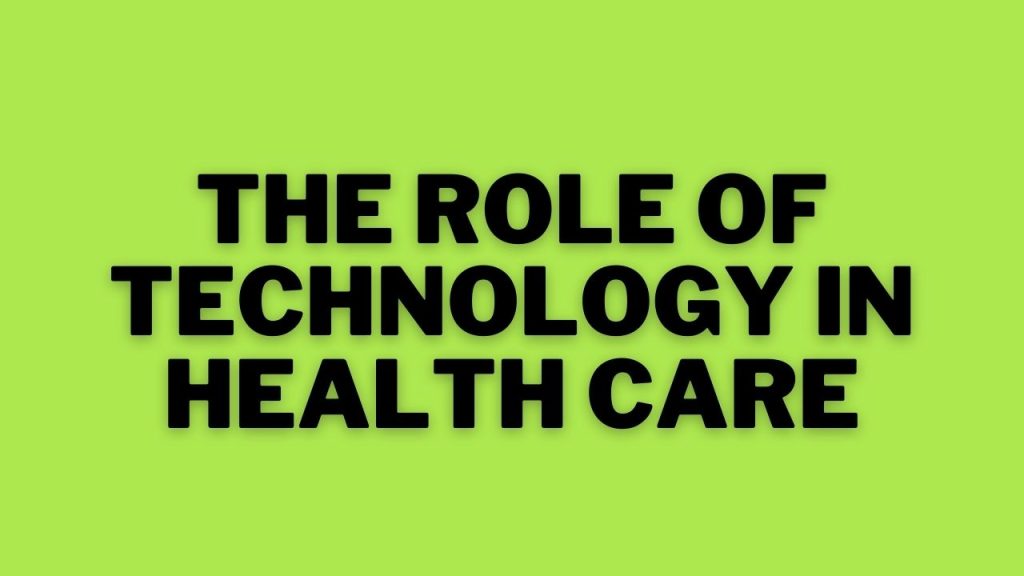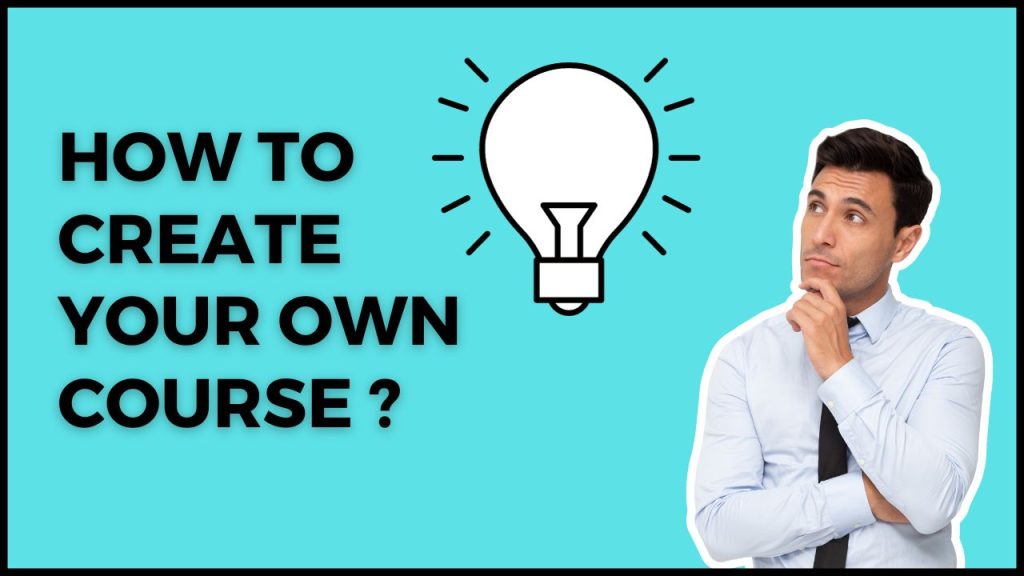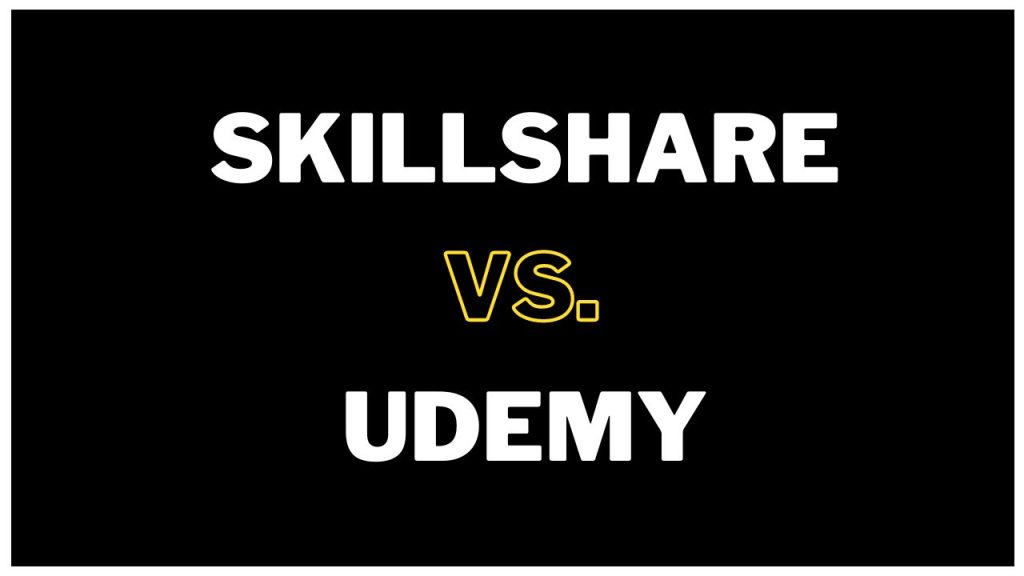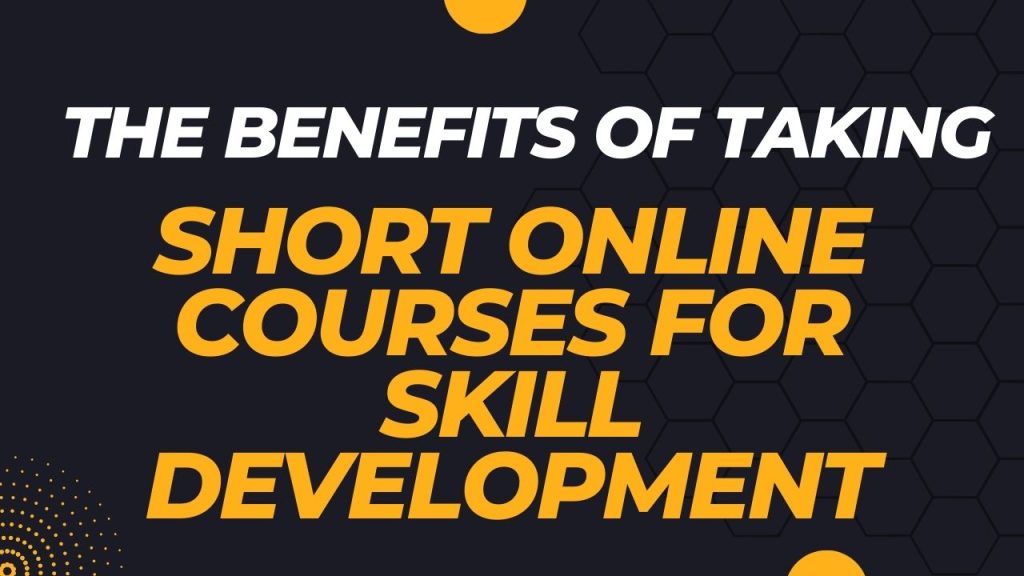“The greatest wealth is health.”
– Virgil
Hello all, from the title of this blog I know many might be thinking, healthcare and technology do they even go hand in hand, I think maybe tech is used in surgery and scanning but is there anything beyond these basic usage in healthcare? Now in this blog we will be diving into this amazing topic where the cutting edge innovative technology meets the mystic arts of healing. So bring some snacks, and grab a comfortable corner in your home because this journey will be informative.
Introduction
In 2024, without a pinch of doubt, technology and healthcare do get merged, creating a new realm of possibilities. This blend of technology and fiction is no longer an science fiction or a fantasy, but it is a living reality. From remote operations to AI diagnostics, everything is possible due to technology that we have today. Don’t you believe me? well as of day Dr. Anvari , who is a laparoscopic surgeon in Hamilton, Canada, has performed lot of remote surgeries on patients in North Bay, a city which is located four hundred kilometers away from Hamilton.
Yes even if it’s hard to believe that is true, you can check out the Wikipedia article liked here https://en.wikipedia.org/wiki/Remote_surgery
Now the key areas where the fusion of technology and medicine occurs are
- Remote operations and diagnosis
- Electronic health records (EHRs)
- Wearable health devices
- Artificial intelligence (AI) in healthcare
- Robotics and automation in medicine
- Genomics and personalised medicine
Remote Operations and Diagnosis
Now in the introduction section itself we have witnessed that remote surgeries are really possible, if that is possible then without any doubt remote diagnosis can be possible too. Skilled doctors are trained to diagnose often with symptoms alone, and sometimes just having the image of the affected area is more than enough to diagnose what type of disease is the person affected from. In tier 1 and tier 2 cities we are witnessing the rise of remote doctor consultation and remote health checkup where with a click of a button we can video call and consult top doctors across the cities. While this may sound odd or cliche but think about the patients who can’t walk or can’t travel in old age and meet doctors, for them this way or receiving consultation works better.
Electronic Health Records (EHRs)
This is just an fancy way of saying storing health records of patients online. This may sound as a risk first because what if the patient losses their personal mobile phone or what happens to the stored data in case of accidental damage of data due to hard ware or software crash ? well modern day electronic health records can be stored online, and it does not have to be an fancy app with complex or too many user options, as it might be difficult for senior citizens to navigate. These days it’s really easy to store physical copy of medical records, just take pictures of the medical records and send to your grand kids or sons or daughters, that way they can store these images for you and let the younger generation handle your backup for these records. Additionally lets say your medical records gets misplaced or lost, or you forgot to bring
certain medical reports to the doctor, in that case we can rely on these digital records to get our work done. But if we wish to know some of the EHRs then below are some really good examples.
Examples of EHRs:
- Epic Systems: A leading provider of EHR solutions, used by major healthcare systems like the Cleveland Clinic and Johns Hopkins Medicine.
- Cerner: Another major EHR provider, utilised by organisations like the Mayo Clinic.
- Allscripts: Offers a range of EHR solutions for various healthcare settings.
Wearable Health Devices
This one is really an reliable technology. Why? because let’s say smart health devices such as smart bands or smart watches monitors our heart rate, and breath count, and pulse rate, and imagine if they alert to trusted people from our phone contacts in case of emergencies, or send an alert to ambulance automatically, sounds really cool is not it? well we have. If you are interested in wearable health devices that actually have these features then kindly consider checking the best product for your needs and here is an detailed comparison.
https://www.helpguide.org/handbook/medical-alert-systems/medical-alert-watches
AI in Healthcare
Now a days AI has gown up to this extent that they can detect any abnormalities before the illness even arises, These AI models are trained rigorously to avoid false positives and false negatives, and are constantly monitored based on how they response. One of the best world class examples of AI in healthcare is IBM watson health which uses AI to analyse medical data and helps doctors by assisting in diagnostics and treatment plan.
Automation and Robots
The way that surgeries and hospitals operate is changing due to robotics and automation. Precision that is difficult for human hands to match is provided by surgical robot assistance during surgeries. Administrative work is made easier by automation, which lowers the possibility of human error and boosts productivity. In the hypothetical hospital, medical staff would be free to concentrate on patient care while routine duties are handled by robots. Robust robotic systems that improve surgical control and precision include the da Vinci Surgical System.
Personalised Medicine and Genomics
Advanced genetic research and testing make it possible to create personalised treatment programmes based on a person’s genetic composition. This method improves therapy efficacy and allows for more personalised treatment plans for each patient. It is like to wearing a specially fitted suit for your health. More accurate and efficient healthcare is on the horizon thanks to personalised medicine. Personalised health insights based on your genetic profile are offered by the well-known genomics service 23andMe. Apart from that, Bryan Johnson is a brilliant businessman who started Kernel and is well-known for his plan to use cutting-edge technology and genetic research to stop ageing and prolong human life.
Conclusion
With this we come to the end of the blog and hopefully we have have gained some information on how technology and medicine overlaps with each other, what are some cutting edge technological innovations that shape today’s medicine industry and a lot of new things. and I do hope that you found this blog informative and entertaining.
“The future belongs to those who believe in the beauty of their dreams.” —
Eleanor Roosevelt
For additional insights into the ever-evolving field of health technology, stay informed, stay involved, and subscribe to our blog. Let’s investigate how technology is transforming healthcare and enhancing lives together.





